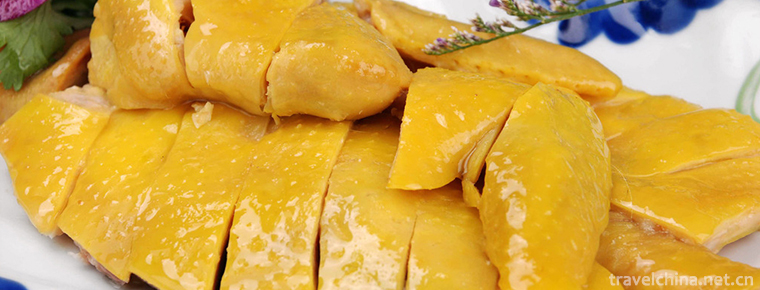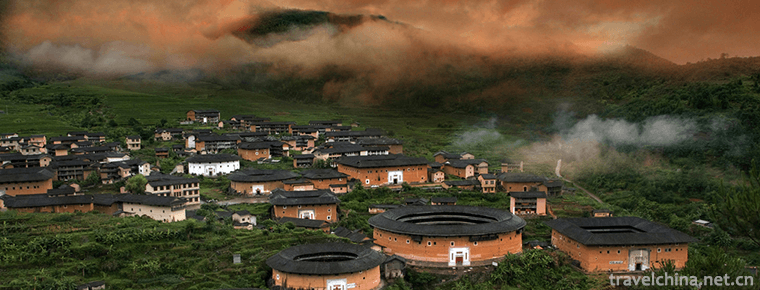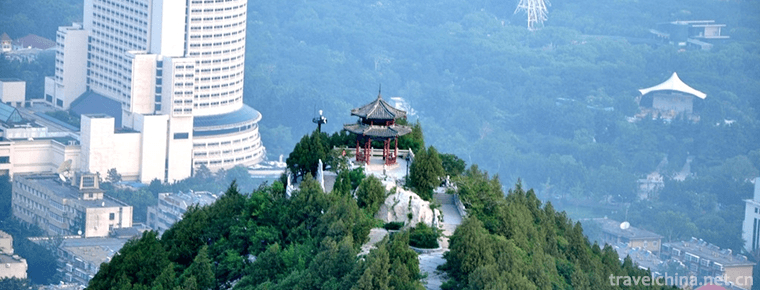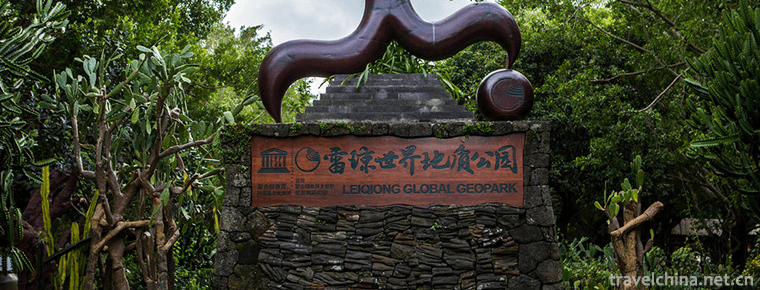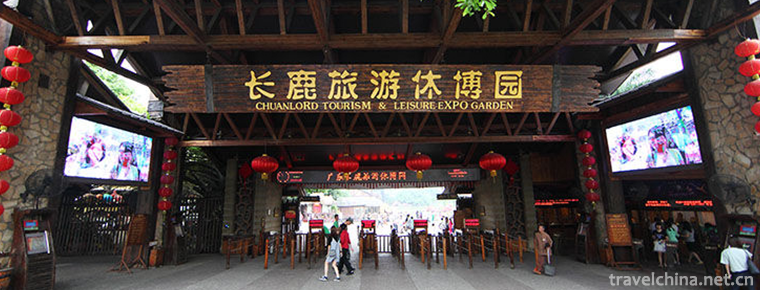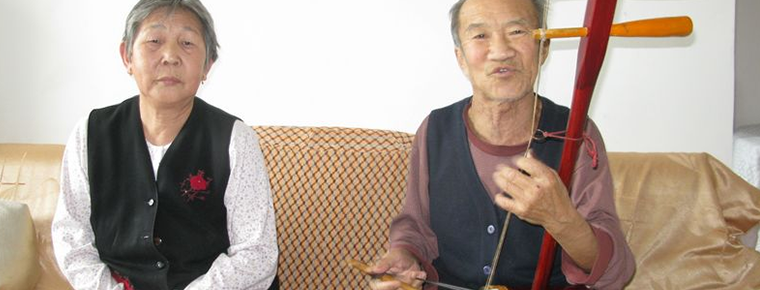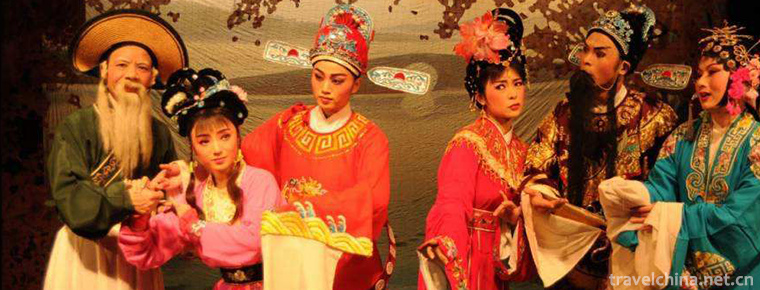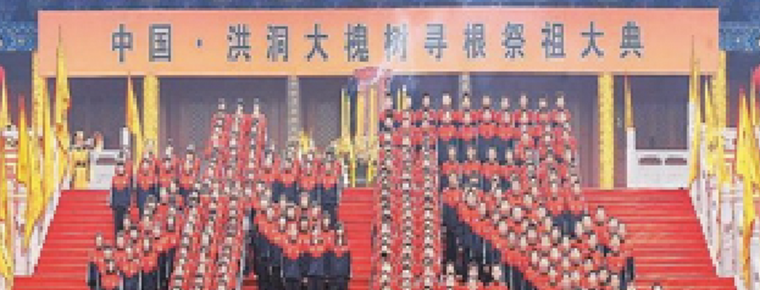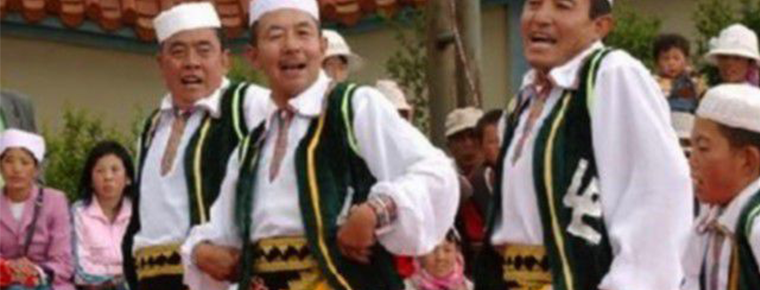Luzhou transportation
Luzhou transportation
data
By the end of 2017, the number of civil motor vehicles in Luzhou had reached 678200, an increase of 74700 over the beginning of the year. Among them, 352400 cars (including 294 tricycles and low-speed trucks), an increase of 56500, and 323700 motorcycles, an increase of 17600. Among the cars, 312600 were private cars, an increase of 54800 over the beginning of the year, including 288600 private minibuses and minibuses, an increase of 50900. There were 1120 new energy vehicles, an increase of 35.3% over the previous year.
By the end of 2017, there were 2853 highway passenger transport vehicles (excluding public transport and taxis), 46 grade passenger stations and 986 passenger lines. There are 1536 rural passenger transport vehicles, 545 rural passenger lines, and 92.19% of the administrative village passenger buses are accessible. In the whole year, 73.3881 million passengers were transported, and the passenger transportation turnover was 4.535 billion person kilometers. At the end of the year, 20765 road freight vehicles were operated, and 86.1358 million tons of goods were transported in the whole year, an increase of 22.6% over the previous year. The turnover of goods transportation was 13.862 billion tons km, an increase of 8.7% over the previous year.
Public transportation
Main entry: Luzhou bus
By the end of 2017, there were 1782 public transport buses (including county and urban-rural bus lines) in Luzhou, 230 bus lines, and 254.395 million passenger trips in the whole year. Among them, there are 1459 urban buses, 159 bus lines, and 226.468 million passengers per year. At the end of the year, there were 2011 urban passenger taxis, including 1574 in the municipal districts. There are 496 new energy buses and 250 new energy taxis in the city. In Jiucheng Avenue and Longma Avenue, 19.2 kilometers of bus lanes have been built and put into use, with a total of 36 kilometers of bus lanes in the city.
Main entry: Luzhou rail transit
highway
By the end of 2017, the total mileage of highways in Luzhou was 13799.4 km, including 455 km of expressway, 131.2 km of class I highway, 805.6 km of class II Highway, and 12407.6 km of class III and below highways.
Luzhou has built (G76) Longna Expressway and Naqian expressway; (g4215) Chengdu Zigong Luzhou expressway; (G93) Luzhou Yichang Expressway and Luzhou Chongqing Expressway; (S26) Yixu Expressway and Xugu expressway. Luzhou ring expressway runs through the whole territory and connects the three districts of the main city, forming the traffic network of Luzhou expressway. National and provincial trunk highways such as national highway 321 (Guangcheng Road), provincial highway 308 (Hegong Road), provincial highway 207 (Zilu Road), provincial highway 307 (Luyan Road), and provincial highway 309 (Gugao Road) pass through the city.
Luzhou is one of the national highway hub cities. According to the "national logistics park development plan", Luzhou city is listed as the national secondary logistics park layout city. In Sichuan Province, only Chengdu City is listed as the first level national logistics park layout City, Luzhou, Mianyang and Dazhou are listed as the national second level logistics park layout cities, and Luzhou is the only city in South Sichuan.
Luzhou transportation
data
By the end of 2017, the number of civil motor vehicles in Luzhou had reached 678200, an increase of 74700 over the beginning of the year. Among them, 352400 cars (including 294 tricycles and low-speed trucks), an increase of 56500, and 323700 motorcycles, an increase of 17600. Among the cars, 312600 were private cars, an increase of 54800 over the beginning of the year, including 288600 private minibuses and minibuses, an increase of 50900. There were 1120 new energy vehicles, an increase of 35.3% over the previous year.
By the end of 2017, there were 2853 highway passenger transport vehicles (excluding public transport and taxis), 46 grade passenger stations and 986 passenger lines. There are 1536 rural passenger transport vehicles, 545 rural passenger lines, and 92.19% of the administrative village passenger buses are accessible. In the whole year, 73.3881 million passengers were transported, and the passenger transportation turnover was 4.535 billion person kilometers. At the end of the year, 20765 road freight vehicles were operated, and 86.1358 million tons of goods were transported in the whole year, an increase of 22.6% over the previous year. The turnover of goods transportation was 13.862 billion tons km, an increase of 8.7% over the previous year.
Public transportation
Main entry: Luzhou bus
By the end of 2017, there were 1782 public transport buses (including county and urban-rural bus lines) in Luzhou, 230 bus lines, and 254.395 million passenger trips in the whole year. Among them, there are 1459 urban buses, 159 bus lines, and 226.468 million passengers per year. At the end of the year, there were 2011 urban passenger taxis, including 1574 in the municipal districts. There are 496 new energy buses and 250 new energy taxis in the city. In Jiucheng Avenue and Longma Avenue, 19.2 kilometers of bus lanes have been built and put into use, with a total of 36 kilometers of bus lanes in the city.
Main entry: Luzhou rail transit
highway
By the end of 2017, the total mileage of highways in Luzhou was 13799.4 km, including 455 km of expressway, 131.2 km of class I highway, 805.6 km of class II Highway, and 12407.6 km of class III and below highways.
Luzhou has built (G76) Longna Expressway and Naqian expressway; (g4215) Chengdu Zigong Luzhou expressway; (G93) Luzhou Yichang Expressway and Luzhou Chongqing Expressway; (S26) Yixu Expressway and Xugu expressway. Luzhou ring expressway runs through the whole territory and connects the three districts of the main city, forming the traffic network of Luzhou expressway. National and provincial trunk highways such as national highway 321 (Guangcheng Road), provincial highway 308 (Hegong Road), provincial highway 207 (Zilu Road), provincial highway 307 (Luyan Road), and provincial highway 309 (Gugao Road) pass through the city.
Luzhou is one of the national highway hub cities. According to the "national logistics park development plan", Luzhou city is listed as the national secondary logistics park layout city. In Sichuan Province, only Chengdu City is listed as the first level national logistics park layout City, Luzhou, Mianyang and Dazhou are listed as the national second level logistics park layout cities, and Luzhou is the only city in South Sichuan.

-
White cut chicken
White cut chicken, also known as white cut chicken, is the most common dish in Guangdong cuisine. It is a kind of chicken dipping. Its characteristics are simple and easy to prepare, without batching .
Views: 232 Time 2018-11-02 -
Fujian earth building (Fujian Tulou)
Fujian Tulou is also called "Hakka Tulou" because most of it is built by Fujian Hakka people. Tulou came into being in Song and Yuan Dynasty and matured in the late Ming.
Views: 175 Time 2018-12-08 -
Thousand Buddhas Mountain
Qianfo Mountain is one of the three major scenic spots in Jinan. It was called Lishan in ancient times. Because it was called Shun's farming in Lishan in ancient times, it was also named Shun Mountain.
Views: 196 Time 2018-12-26 -
Leiqiong Haikou Volcanic Group World Geopark
Leiqiong Haikou Volcanic Group World Geopark is located in Shishan Town, southwest of Haikou City. It is only 15 kilometers away from the urban area. The Expressway .
Views: 150 Time 2019-01-29 -
Changlu Tourist Xiubo Garden Scenic Area
Changlu Tourist Xiubo Park, or Changlu Environmental Resort Farm (hereinafter referred to as "Changlu Farm"), became the national 5A scenic spot in November 2014. It is the only national 5A .
Views: 204 Time 2019-03-17 -
Daur Uqin
Daur Uqin, also known as "Wuchun", is a form of Daur folk art storytelling. It forms and prevails in Meilis Daur, Fulaerji, Fuyu and Longjiang counties of Qiqihar City, Heilongjiang Province.
Views: 154 Time 2019-04-22 -
Taiwanese Opera
Gezi Opera, a local traditional drama in Zhangzhou and Xiamen, Fujian Province, is one of the national intangible cultural heritage..
Views: 278 Time 2019-05-01 -
Custom of sacrificing ancestors to the great locust tree in Hongdong
During the period from Hongwu to Yongle in the Ming Dynasty, an unprecedented migration took place under the great locust tree in Hongtong. It lasted 50 years and moved 18 times.
Views: 112 Time 2019-05-03 -
Hui Banquet Song
The Hui banquet song is one of the folk songs sung by the Hui people at weddings, festivals and Islamic festivals. Also known as "Family Music" and "Vegetable Music"..
Views: 352 Time 2019-05-04 -
Pingyao Pushing Lacquerware Decoration Techniques
Pingyao polishing lacquerware decoration technology originated in Pingyao County, central Shanxi Province, and spread to the vast northern region. Lacquerware made with this technique has been well kn.
Views: 142 Time 2019-06-09 -
Legend of Yao
The legend of Yao is one of the local folklores in Jiangxian County, Shanxi Province. Yao is the Saint King of ancient Chinese legend. It is said that later generations named him Tao Tang and surnamed.
Views: 68 Time 2019-07-11 -
Zhongyuan Festival Chao Ren Yulan Winning Club
Chao Ren Yulan Sheng Hui is a traditional folk custom and folk belief activity. The fifteenth day of the seventh lunar month is commonly called "ghost festival" in Hong Kong. It is said that.
Views: 169 Time 2019-08-10
